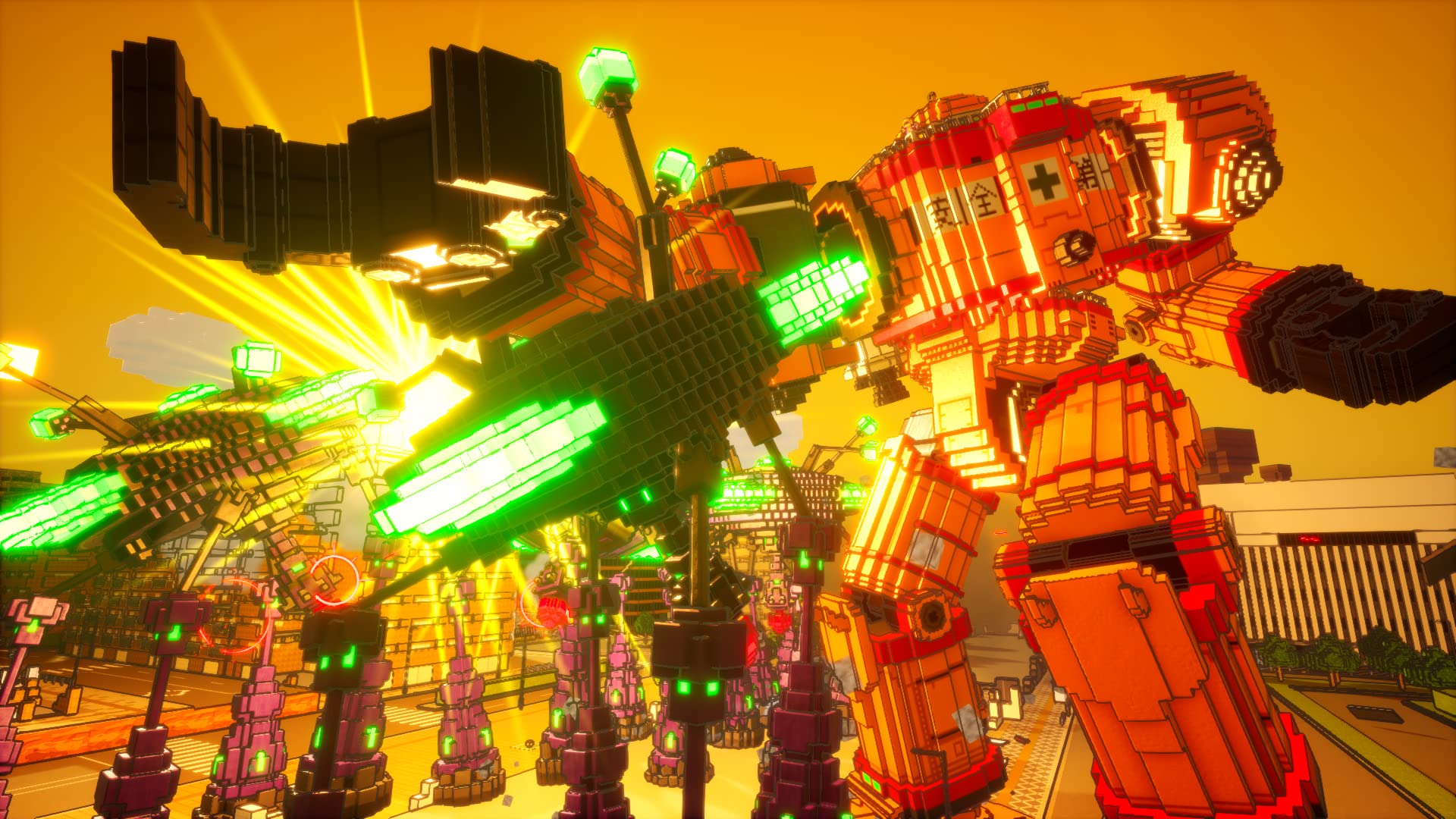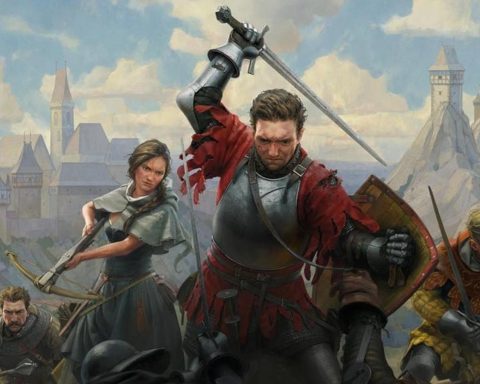On a recent trip to Japan, I spent a very pleasant week in Hiroshima. When I say “Hiroshima”, for most Western readers it’ll bring to mind one single reason to visit.
Specifically, most tourists heading to Hiroshima do so for the sake of atomic bomb tourism, taking in the Atomic Bomb Dome and museum as a first priority. Time permitting, they will then head a little further south to take in the Itsukushima shine and its torii gate in the sea. Tick that off the tourism bucket list, move onto the next Instagram-friendly location and you’re all done, right?
Well, sure, if you like plastic pre-packaged tourism. I’m not a fan, if that’s not clear, but then there’s more to Hiroshima and its surrounding area than just the one atomic bomb dome anyway.
Which is how I find myself heading to Kure, a short train trip south of Hiroshima. Kure’s a coastal city and has been an important sea port for most of Japan’s history, especially since 1889 when the Kure Naval District was declared and some serious military shipbuilding commenced.
It’s a city that’s very closely tied to Japan’s Navy and home to two significant museums that deal with aspects of Japanese naval history; the Kure Maritime Museum (AKA The Yamato Museum) as well as the Japan Maritime Self Defense Force Museum.
I noted in my writeup of Kaiyodo Hobby Land that it was a tad tricky to actually find. I can’t make the same criticism here, because once you get to Kure Station, as long as the weather’s good it’s a very simple and mostly pleasant walk. Here, take a look, this is literally me doing just that.
That video cuts off just before the front of the museum, by the way, because there’s a Poseidon statue and YouTube is astonishingly prudish about such things as male statue genitals. But I digress…
The Yamato Museum provides an in-depth history of Kure as a shipbuilding city with a strong focus on Japan’s role in the second World War, bearing in mind that for Japan this stretches much further back than the traditional 1939-1945 dates you might think of in this context. The highlight here – and you can’t ignore it, because it’s massive – is a 1/10th scale model of the Yamato battleship. The Yamato was the flagship of the Japanese navy battleship fleet, famously sunk in the closing months of 1945, 290km southwest of Kyushu.
If the repeated use of the name Yamato makes you think you’ve heard it before despite having little to no interest in naval history, then congratulations, you’re almost certainly around my age. For your first dose of Japanese pop culture in this article, the Yamato’s the centrepiece of this series:
Which when I was but a lad was a fixture on ABC TV afternoon schedules, albeit in its translated and heavily butchered form as this:
Fun side fact: Japanese train stations have musical themes that play to assist those with visual acuity issues to identify stations as they go through and get off where they intend to. No prizes for guessing what theme plays at Kure Station.
Anyhow. For what is probably obvious reasons, the Yamato museum is mostly centred around domestic Japanese tourism, but there’s plenty of English explanation for overseas tourists, though you will likely be in the minority when you visit.
The war is a contentious issue in Japan, but it’s clear that the tone taken here is a mostly neutral one in terms of the way the war ran.
And this brings in a very important concept when talking about the war, because it’s still a highly contentious issue in Japanese politics, covering everything from ultra-right-wing nationalists wanting to substantially rewrite (or ignore) history through to Japan’s difficult relationships regarding this with its nearby neighbours in China and Korea. There are, to my understanding, some smaller museums that take a much more hawkish attitude to the war, but they appear to be in the minority.
Then there’s the Japan Maritime Self Defense Force (JMSDF) Museum, with its eye-catching submarine outside the front doors. Yes, it’s an actual submarine – the Akishio, decommissioned in 2004 – and you can indeed walk through it. Or duck and try to avoid bumping your head repeatedly in my case, because submarines are not built for men my size. But I digress.
The JMSDF highlights the work that the JMSDF does, because Kure also happens to be one of its most important bases as well. There’s a slightly stronger propagandic element here, and while I’m not personally into military hardware fetishes, if you are you’d be quite happy here.
What struck me walking through, however, was how strongly the tone in the JMSDF turns to one of defence. Sure, it’s in the name and everything, but all the usage of military hardware is highlighted around its use in defensive or rescue exercises, and considerably less so around the whole blam-blam-crush-the-enemy-famous-victories approach you see in many other museums – even non-military ones – around the world.
That’s not accidental, especially given the fact that the end of World War II saw Japan’s leadership sign treaties that effectively prohibit it having a military force. Self-defence is another matter, even today and especially given that Japan shares sea borders with both China and Russia, but any efforts to shift the Japanese military back to the point where it could be deployed as an aggressor is subject to fierce criticism, both from the overseas suspects that you’d expect, but also the locals.
Visiting Kure was well worth my time, and I’d argue it’s well worth yours too. If you’re travelling on the JR Pass, the trains down there are even covered by that, so all it’ll cost you is some time.
Great, but what does this have to do with video games?
In the western war games space, there’s one brand that’s absolutely dominant.
It’s Call of Duty, and it makes Activision Blizzard (and, presumably soon, Microsoft) all the money and then some.
I was something of a CoD fan for the first couple of games where the focus was strongly on the horrors and waste of war, but the more recent instalments, with their gung-ho AMERRRRIICCCAAA focus have left me entirely cold. Maybe that’s not you, there’s games to suit every taste and all that. My point here is that there are few games that match up to CoD’s popularity.
Except in Japan. Yes, you can buy the latest CoD instalment in game shops, but it’s a bit of work to find it, because typically there’s only going to be one copy in a store, if it’s even there.
Am I suggesting that the Japanese don’t like shooting in their video games? Hardly. This is the country that gave us Space Invaders, Gunstar Heroes and Ikaruga to name just a few.
But there’s a much better comparison point I think to be made here, via one of my absolute favourite video game series, Earth Defense Force.
Like CoD, EDF – now up to EDF 6, though that title is annoyingly absent from any western release schedules – casts you as the hero military figure, blasting away at your foes until the battle is done. Yes, the production levels aren’t up there with CoD, but EDF is both a smaller series and one that started life as a bargain bin pocket money game to start with. The clunkiness is, if you’re an EDF fan, part of the charm.
The big important aspect here, however, is that while there have been plenty of great EDF games, they’ve never strayed into becoming EAF games… which is to say, Earth Attack Force.
You are always on the defensive, fighting on earth against invading forces, and even in the endgame as you (generally) repel the last of the invaders it’s on Earth, and on an Earth that’s likely going to be wasted once you’re done. The parallels to post-war Japan are pretty clear there, I think, but moreover it speaks to a country where several generations have lived without an offensive military force at all.
Japan’s war history is complex and contested for sure, but the impact of that kind of thinking in terms of game development couldn’t be much clearer. CoD no doubt has its cadre of dedicated Japanese gamers, but they’re a niche where other games are far more common.
Want a final bit of proof? Checking through Book-Offs and Hard-Offs – mostly for SNES games, because that’s my passion, which means I have to trawl through endless copies of Derby Stallion ’96 along the way – I could find a lot of copies of various EDF games, including EDF 6 in just about every store.
Copies of CoD were a genuine rarity.












